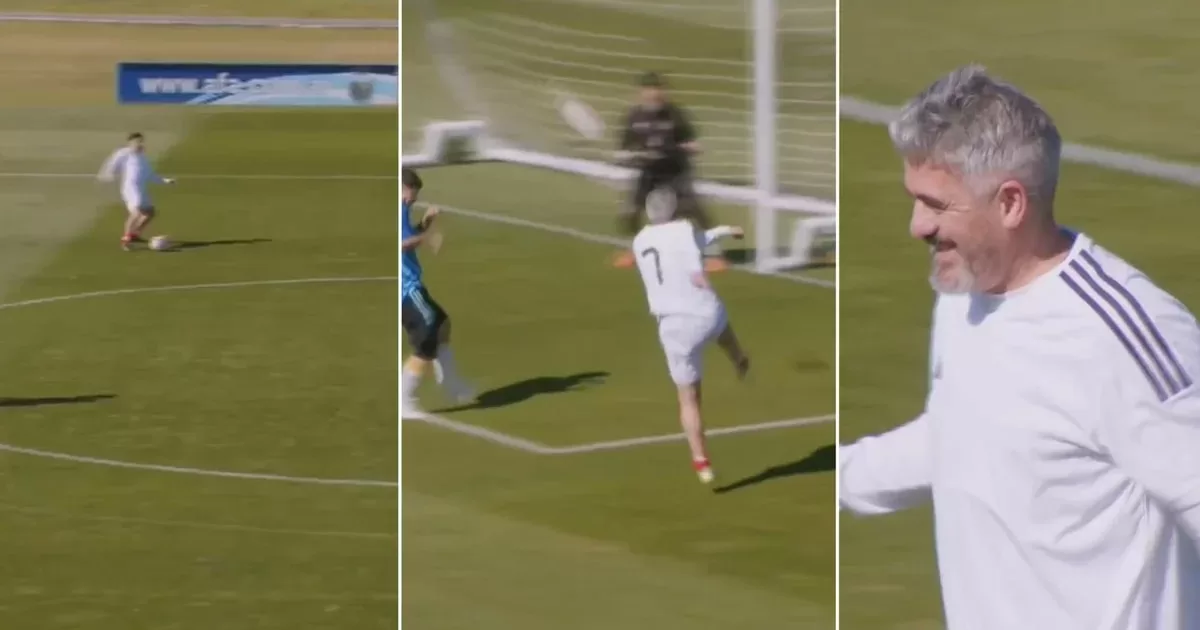Athlete’s foot almost always occurs between the toes. However, the fungus can also affect the soles of the feet. This is noticeable through typical symptoms.
Red, cracked, sometimes scaly spots between the toes: This is a classic sign of athlete’s foot (tinea pedis). On the other hand, it is less well known that athlete’s foot can also spread over a large area under the sole of the foot.
Behind the fungus under the sole of the foot are the same pathogens as in the “classic” athlete’s foot: the so-called dermatophytes. They multiply particularly well in damp, warm, dark places, so that the feet are easily affected by them. In the spaces between the toes in particular, dermatophytes have optimal growth conditions. However, they can also thrive under the soles of the feet. This is particularly common in people with diabetes mellitus.
Athlete’s foot under the sole of the foot: symptoms
If the sole of the foot is affected by athlete’s foot, it is
- slightly red,
- dry and
- scaly.
The complexion can resemble that of neurodermatitis. Sufferers may feel burning or itching under the soles of their feet.
In addition to the soles of the feet, the heels and edges of the foot can also be affected by the fungus, making it appear as if the person is wearing a bootie or shoe. In particular, the appearance can be reminiscent of a specific shoe: the moccasin. Therefore, experts often refer to the disease as moccasin mycosis (mycosis = fungal infection) or athlete’s foot of the moccasin type.
If the athlete’s foot remains untreated, thickening and painful cracks will form under the soles of the feet. The heels in particular are affected.
Athlete’s foot with blisters
Athlete’s foot can also form on the sole of the foot, which is mainly associated with blistering. Read more about athlete’s foot with blisters here.
Treat athlete’s foot under the sole of the foot
It’s easy for laypeople to mistake foot fungus for other conditions or dry skin. You should therefore seek medical advice if you suspect skin changes – either in your family doctor’s practice or from a dermatologist. This is especially true if the symptoms last longer or even get worse.
Athlete’s foot under the sole of the foot is not dangerous, but if left untreated it will continue to spread. Then the nails can also be affected by the pathogens. In order for the fungus to disappear completely, it is important to carry out the therapy consistently and not to stop it too early.
The treatment of athlete’s foot under the sole of the foot is basically no different from that of athlete’s foot between the toes. It can usually be treated well with over-the-counter creams, gels, solutions or sprays. They contain active ingredients such as ciclopirox, terbinafine, naftifine, bifonazole, clotrimazole, miconazole or oxiconazole, which kill the pathogens or inhibit their reproduction. If the affected area is severely inflamed, the doctor may also prescribe a cortisone preparation.
In very severe or stubborn cases, treatment with tablets is an option. These contain active ingredients such as itraconazole or terbinafine. Read more about treating athlete’s foot and possible side effects here.
In addition to drug therapy, those affected can help prevent the fungus from spreading further, for example by
- wear sandals or airy shoes,
- take off your shoes more often
- Wear cotton socks and
- Always dry your feet well after showering and bathing.

